Dr Mark Porter, the Cotswolds GP well known for over 20 years as a plain-speaking expert on medical matters for TV, radio and print, is also a lifelong petrolhead. He keeps an eclectic collection of cars at home, from a Jeep to a Citroën 2CV, to support his view that, like people, it’s the differences between individuals that make them interesting.
For five seasons through the 1990s, Porter was also the resident medic in Ford’s World Rally Championship team, at the very time that rallying was realising just how much fitness matters to competitive driving. He had developed strong connections with the sport with the help of the late Mark Lovell, his wife’s brother, who was a Ford works driver, and it was Lovell who persuaded the team that, for the price of an extra spare gearbox, they could have a “proper” doctor looking after staff welfare.
“The Ford team was a highly professional group of 90 people,” says Porter, “and they were very clear about honing every component of the cars [Sierra Cosworths] that they were running. But they weren’t doing much about the drivers.
“Formula 1 had discovered fitness, and some of the more progressive rally drivers, like Carlos Sainz and François Delecour, believed in it. They realised that to get the best out of the car, especially on a really tough event like the Acropolis Rally in Greece, you simply couldn’t afford to be knackered at the end of the day.
“My own feeling was that being knackered meant you were more likely to have accidents. Through the ’90s, the penny dropped right across the sport.”

Porter called a halt to his Ford gig after five seasons, deciding his career in general practice needed to take priority. Besides, his other secondary career as a talking head on medical matters was taking off, too. But after the motorsport years, he retained two things: an unbridled love of cars and an unshakeable belief that fitness and good preparation are vital parts of driving well.

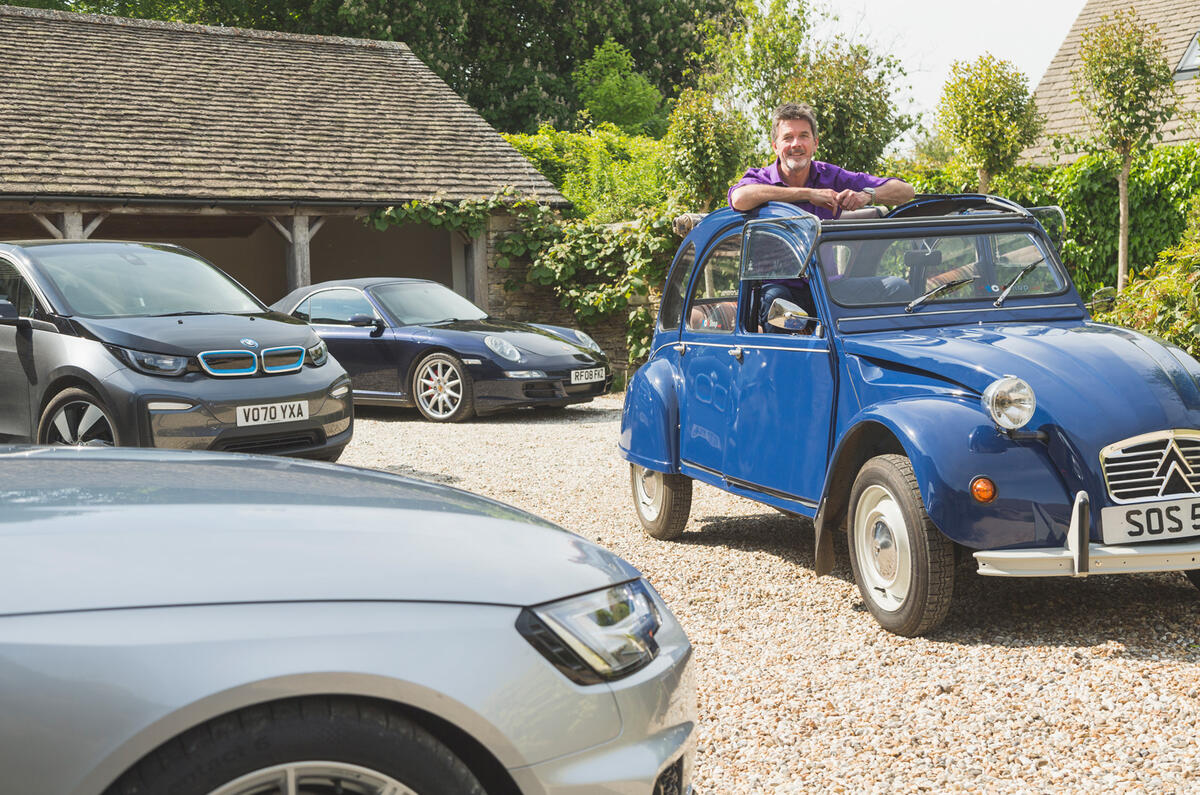
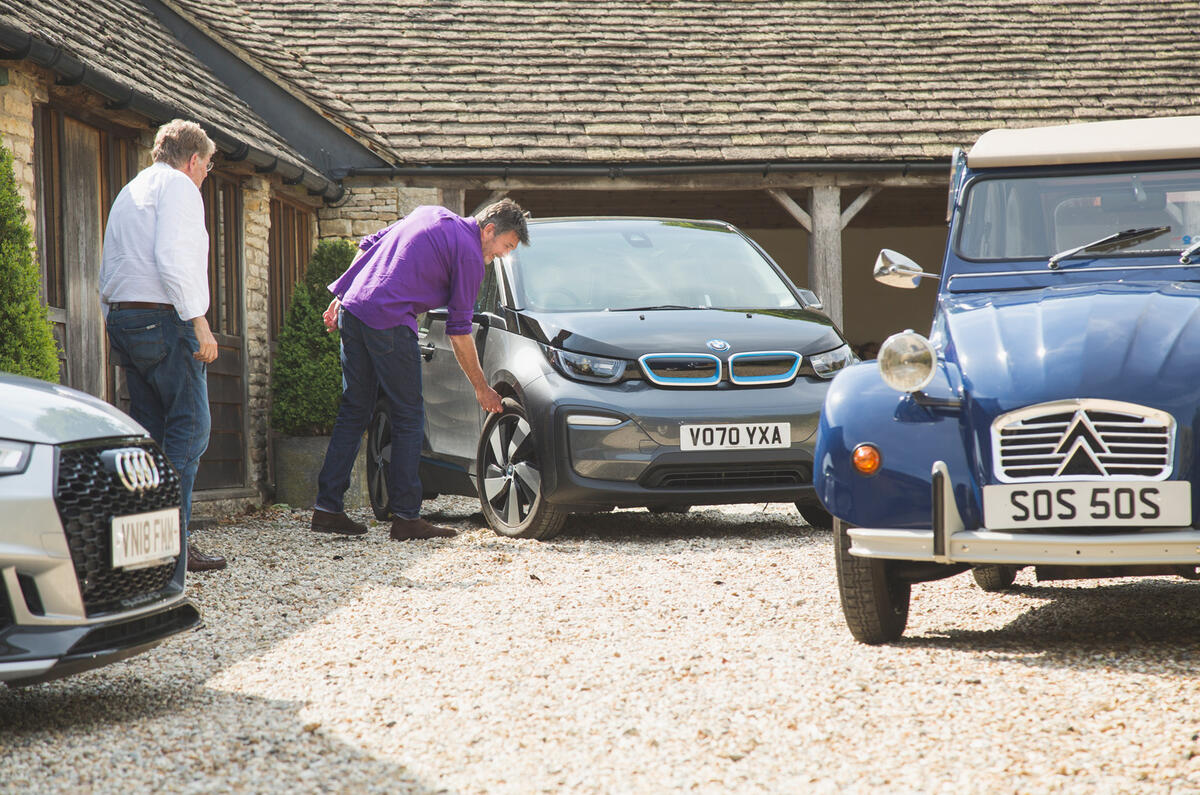

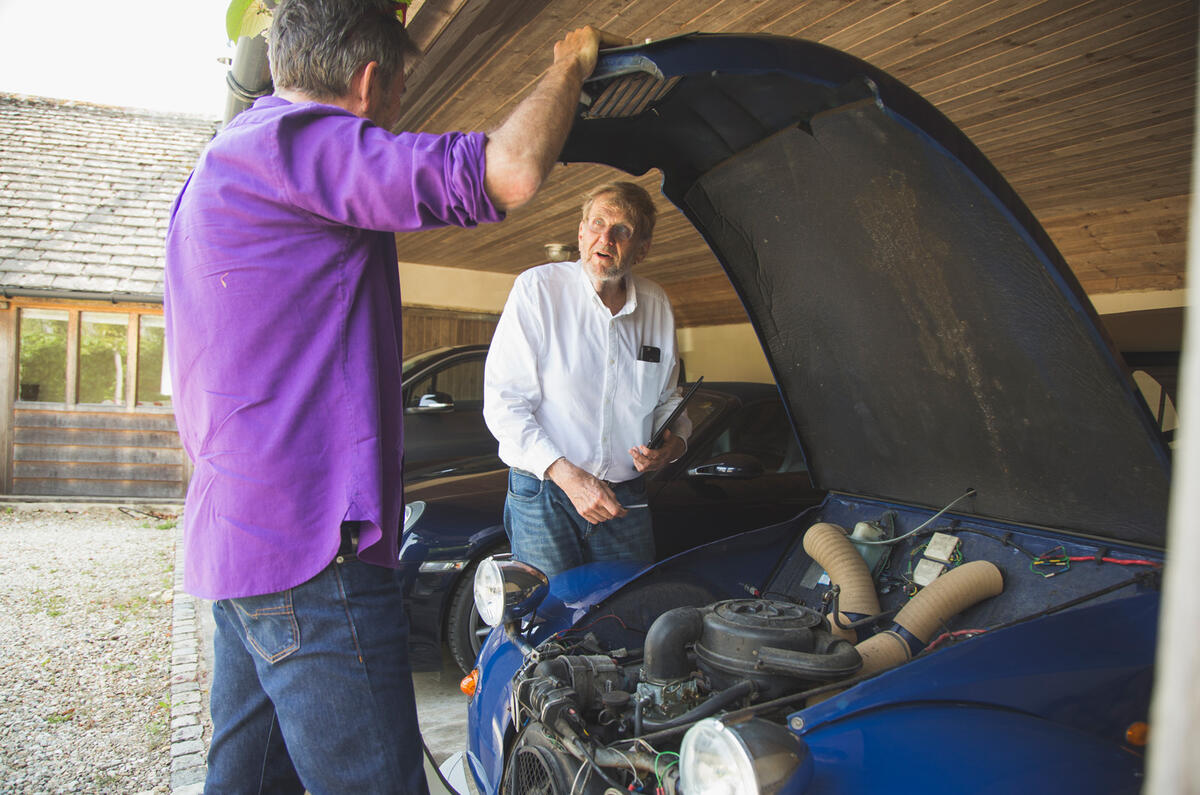
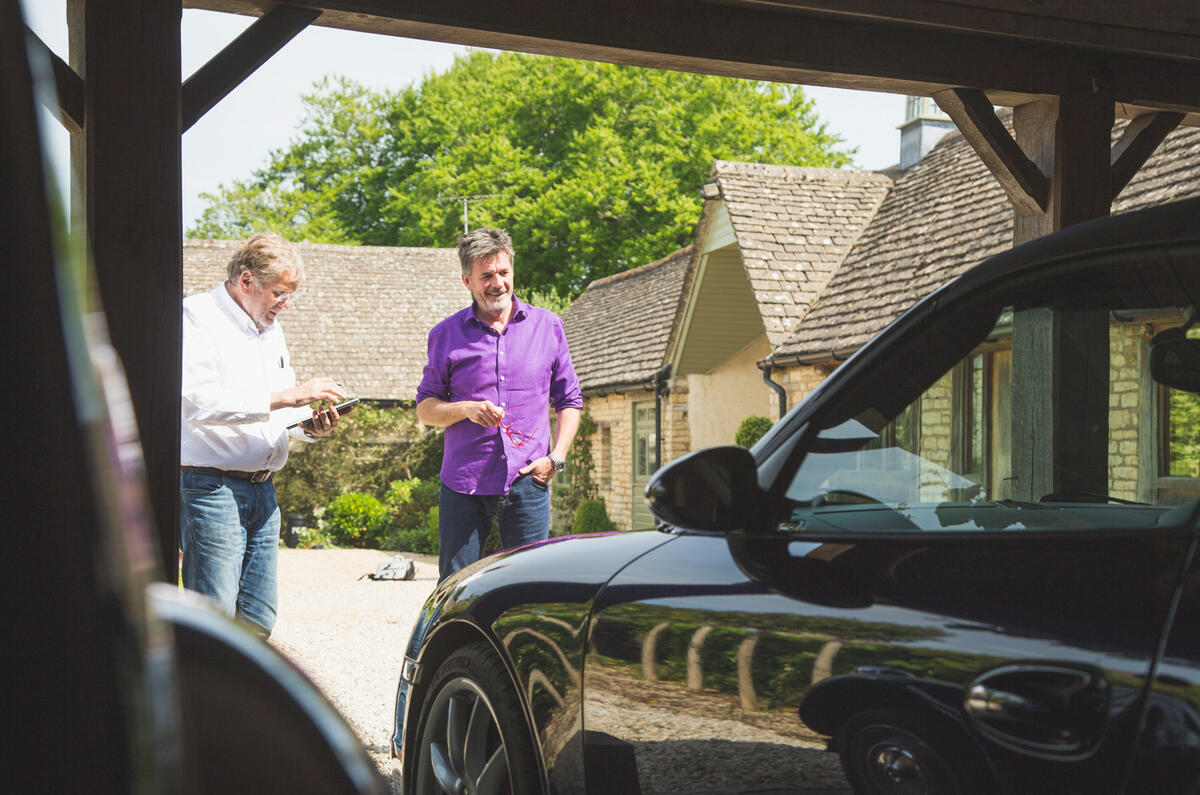
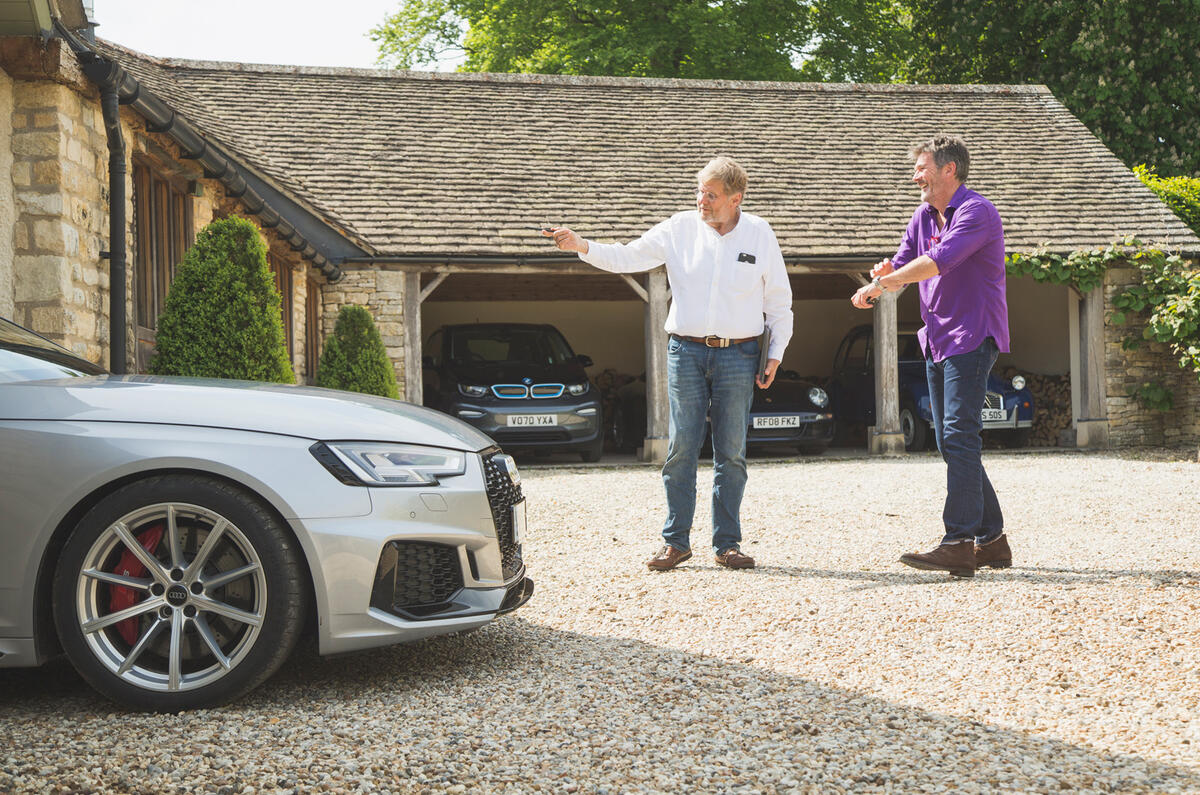
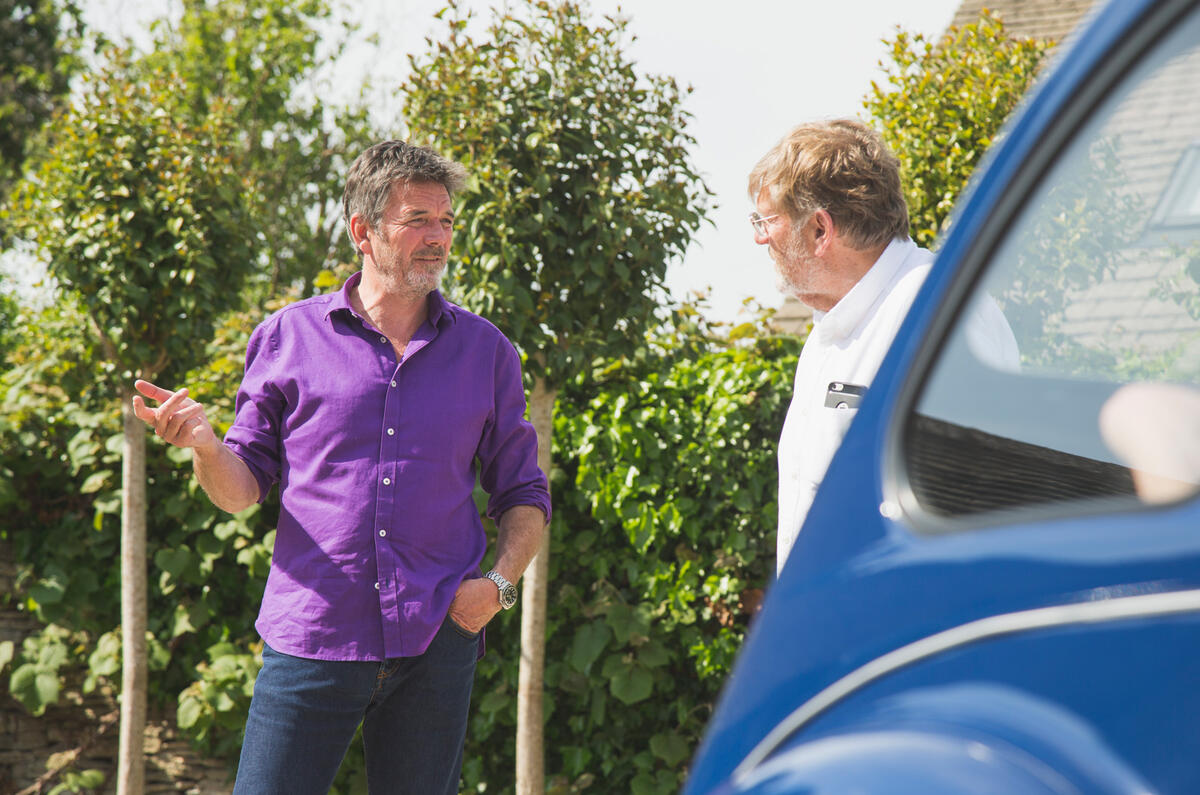
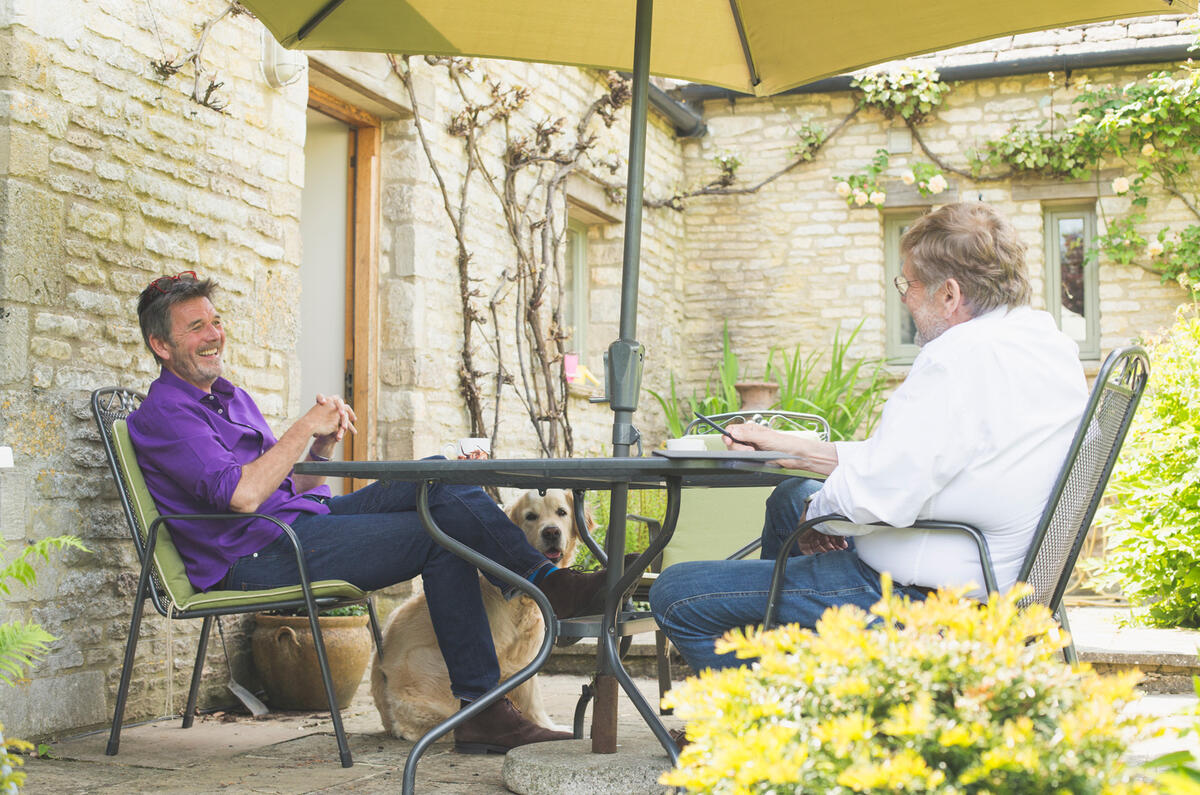

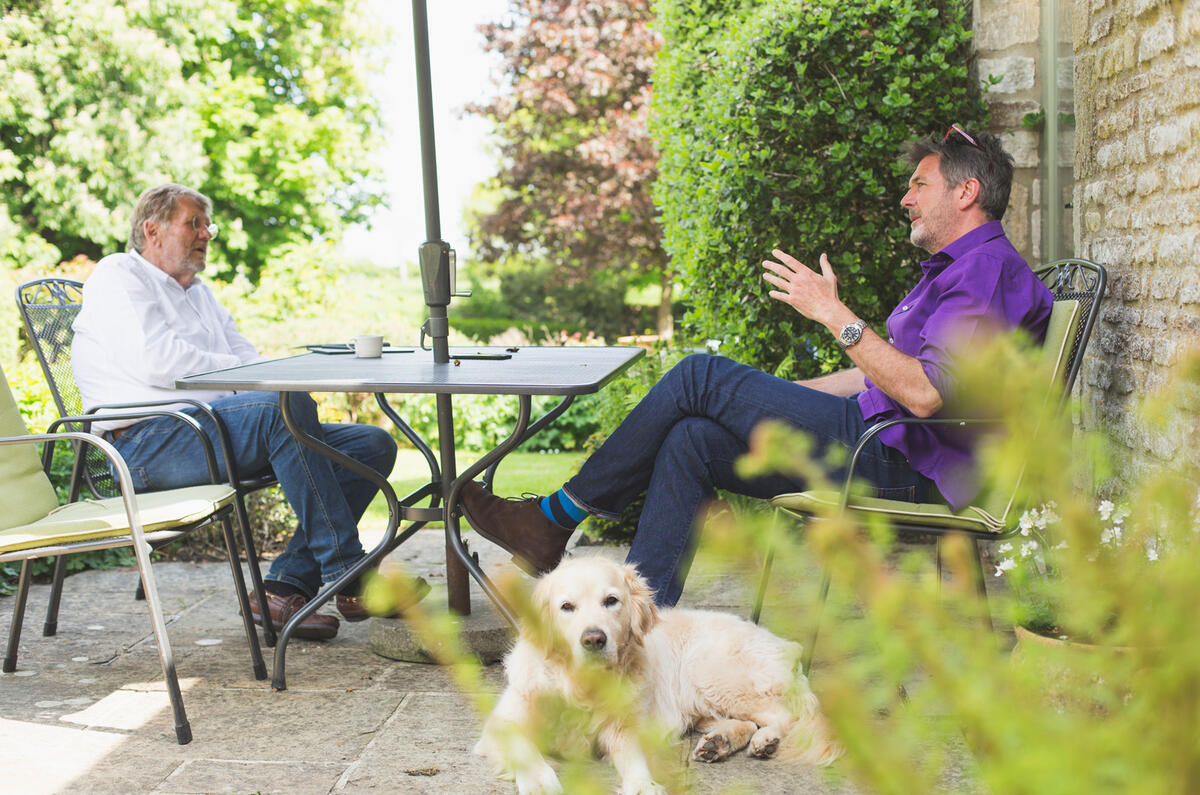
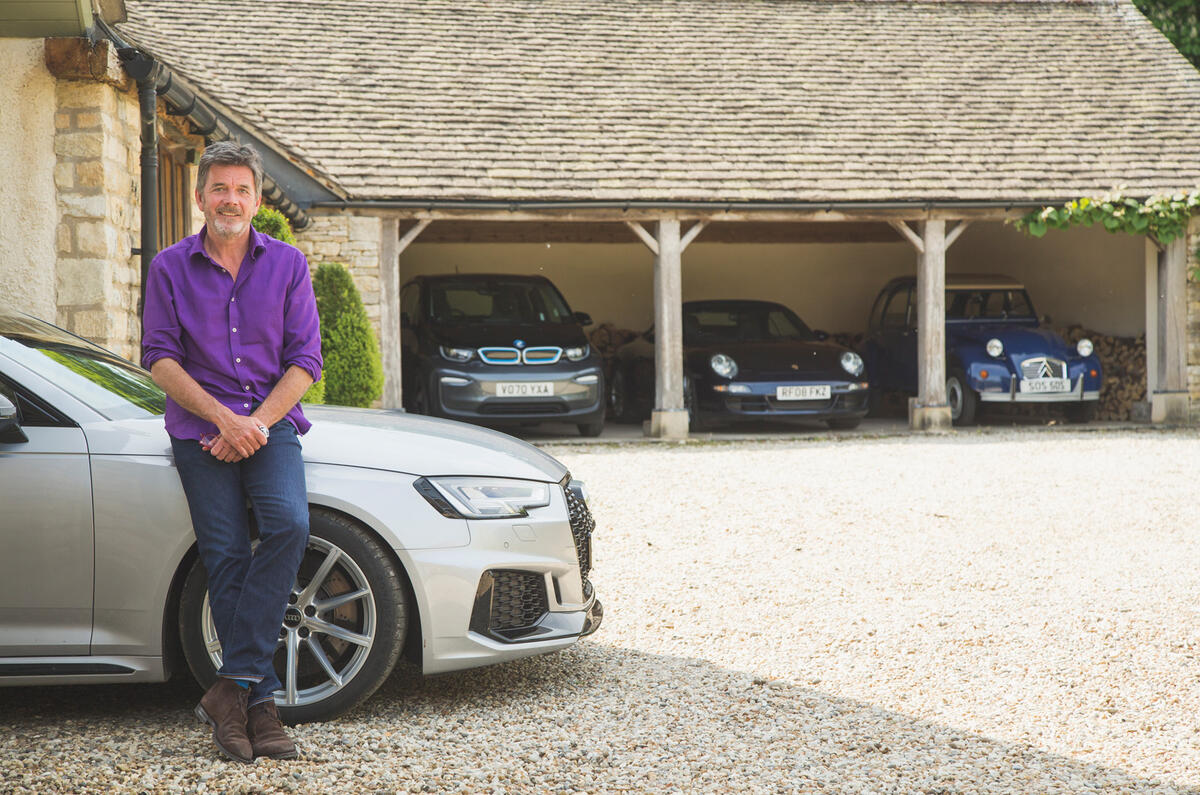
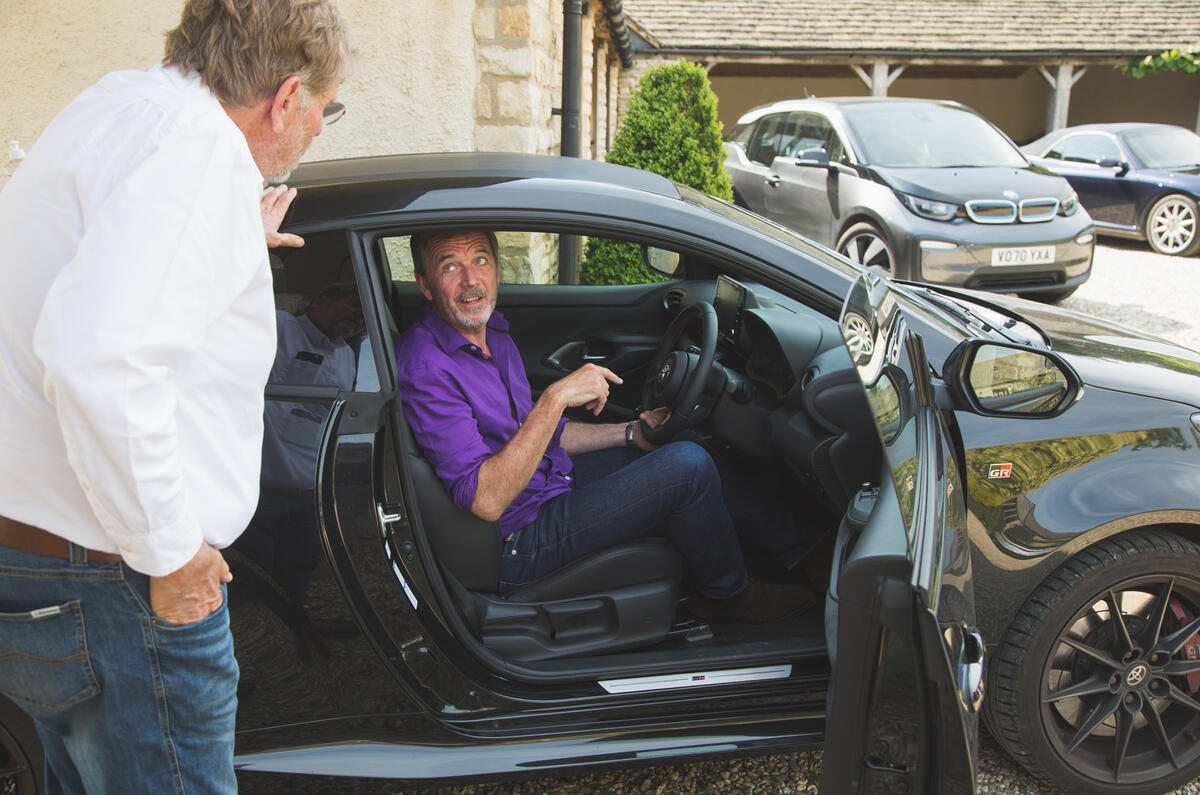




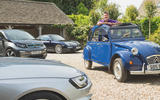

























Add your comment